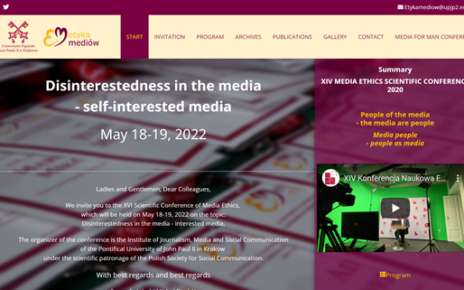Harnessing the potential of the digital landscape has become crucial for not-for-profit organizations seeking to make a meaningful impact on stakeholders. As communication professionals and leaders in the not-for-profit sector, you understand the value of leveraging social media platforms such as LinkedIn, Facebook, and Twitter, as well as maintaining an engaging website. To differentiate your entity, what matters is how you can create and leverage your digital impact to enhance stakeholder engagement and drive your organization’s mission forward.
LinkedIn, a goldmine of data and connections, offers a range of analytics tools to help you uncover valuable insights. By delving into the backend of your LinkedIn page, you can access a wealth of information including Visitors, Followers, Leads, Content, Competitors, and Employee Advocacy. While Leads may be relevant only if you invest in promotion, Employee Advocacy can be a powerful asset if your employees proudly associate themselves with your organization. However, the real treasure lies in the data points that provide a holistic view of your performance, such as page views, unique views, clicks, reactions, followers increase, reposts, and more.
To gain a deeper understanding of your Facebook presence, navigate to the Meta Business Suite within the Manage Page segment. Insights become your guiding light here, offering comprehensive analytics encompassing both Facebook and Instagram. Analyze your content performance, audience behavior, and overall platform engagement. By sorting the insights based on different time periods, you can easily compare trends and identify areas for improvement.
Armed with raw data files, you can begin your exploration:
– Quantify your activity: Determine the number of posts published during a specific time period.
– Measure impressions: Evaluate the overall reach of your content.
– Calculate average click-through rates (CTR): Gauge the effectiveness of your posts in driving engagement.
– Identify high and low performers: Pinpoint the most and least engaging posts.
– Assess your following: Monitor fluctuations in your number of followers and visitors.
– Evaluate reactions: Analyze the number of likes, reactions, and reposts your content receives on average.
– Understand your audience: Uncover demographic insights, including age, gender, and location.
Moving beyond the basics, it’s time to dive into trend analysis. Explore how your digital footprint has evolved over time:
– Track impressions: Determine if your reach has improved over different periods.
– Assess post performance: Compare engagement levels with previous periods and the preceding year.
– Embrace quality over quantity: Discover whether a smaller volume of high-quality content yields better engagement than a higher volume of average content.
– Benchmark against peers: Evaluate your performance against similar organizations in your domain.
– Evaluate content interaction: Compare the level of engagement your content generates to that of your peers.
– Identify the most effective content formats: Uncover whether images, text, video, or audio content resonates best with your audience.
Equipped with these valuable data points and trends, it’s time to leverage their potential to drive strategic decision-making and secure vital resources. Often, organizational leaders may not fully grasp the effort invested in creating, publishing, monitoring, and managing social media content. It is essential to share your findings with the leadership team, inviting them to reflect on the trends and encouraging them to actively participate in social media initiatives. In today’s world, leaders in both the corporate and not-for-profit sectors are expected to be socially engaged, leveraging the power of social media to advance causes, build reputation, and engage stakeholders.
Remember, your digital impact report serves as a powerful tool to demonstrate the value and impact of your organization’s efforts. By leveraging these insights, you can make informed decisions, refine your strategy, and create an even more significant impact on the causes that matter most to your not-for-profit organization.
Liked the article? Share your thoughts here.
You may also like this article – 7 Tips on Building a Meaningful Newsletter
Who am I?
I am Aniisu, an award-winning internal communications and change leader helping individuals and organizations discover and develop their ‘sweet-spot’ through effective communications. As a Linkedin Top Voice for Internal Communications & Personal Branding based in Sydney, Australia, I offer insights, perspectives and solutions at the intersection of these two evolving domains. I believe that organizations are an amalgamation of employees as ‘personal brands’ and when we include, involve and inspire staff as partners of change, together we can amplify our presence and advocacy.
Follow my blog (www.aniisu.com) and my website (intraskope.com) to learn more about my work.
Subscribe to my Linkedin newsletter and join over 6300 passionate professionals to get weekly insights that help you succeed at work and beyond.
Keen to grow your influence within and with the world? DM me or connect for a FREE consultation: https://meet.brevo.com/aniisu-k-verghese/ask-aniisu-
Resources:
· Learn: Internal Communications Fundamentals Course on Thinkific
· Read my latest book: Inclusive Internal Communications (2023)
· Internal Communications Series: https://forms.gle/KcqmPzLwq7NQi5Km6
· Internal Communications workshops: https://bit.ly/2zdBRl1
#notforprofit #charitycomms #communications #digital #digitalmarketing #analytics #stakeholderengagement #research #employeeadvocacy #content



